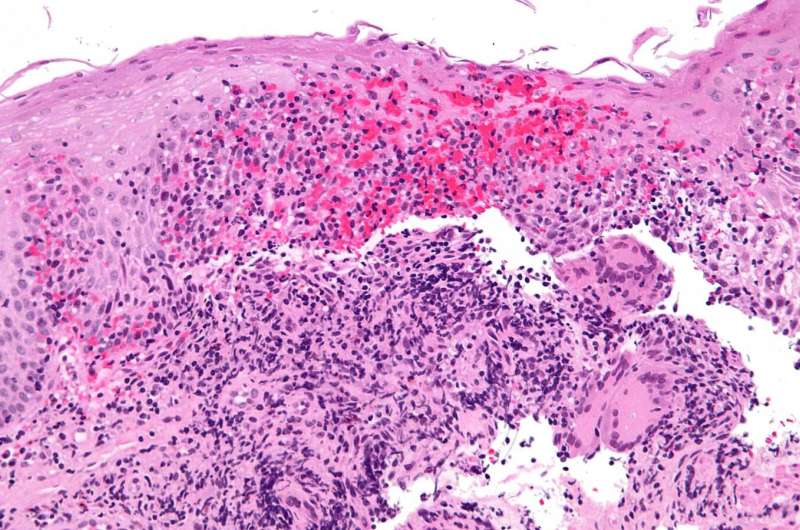Elevated Eye Pressure May Contribute to Vision Loss and Ocular Damage

New research shows that increased intraocular pressure can distort eye blood vessels and cause tissue hypoxia, leading to irreversible vision loss. Early detection and intervention are crucial in glaucoma management.
Recent research highlights the critical role of increased intraocular pressure in the development of irreversible vision loss and eye tissue damage. A study published in Ophthalmology Science examines how elevated eye pressure, known medically as ocular hypertension, can cause deformation of blood vessels in the eye, ultimately leading to reduced oxygen supply—also called hypoxia—that damages vital neural and vascular structures.
Led by Yi Hua, a biomedical engineering professor at the University of Mississippi, and in collaboration with researchers from the University of Pittsburgh, the study employed advanced 3D modeling alongside fluorescent dye techniques to trace blood flow within the eye under various pressure conditions. Findings reveal that even mild elevations in intraocular pressure can distort blood vessels, impair blood flow, and promote tissue hypoxia. Specifically, about 30% of the lamina cribrosa, a crucial part of the optic nerve head, experiences hypoxia during extreme pressure increases.
Glaucoma, a leading cause of blindness worldwide, damage predominantly occurs at the optic nerve, which transmits visual information from the eye to the brain. Often called the 'silent thief of sight,' glaucoma typically progresses without noticeable symptoms until significant damage has occurred. Elevated intraocular pressure is a well-established risk factor, but understanding the mechanics behind this relationship has been challenging.
According to study co-author Yuankai Lu, the fusion of imaging technology with computational modeling has provided a more comprehensive understanding of how blood flow and oxygen distribution are compromised in the eye due to increased pressure. This insight opens potential pathways for earlier diagnosis and intervention, especially for individuals at higher risk such as those with high blood pressure, diabetes, a family history of glaucoma, or belonging to racial groups with higher prevalence, including Black and Latino populations.
Current treatments primarily focus on lowering eye pressure through medication, laser procedures, or surgery. However, some patients still experience disease progression despite controlled intraocular pressure, indicating the need for improved therapeutic strategies. Understanding the mechanical effects of pressure on ocular blood vessels and tissue oxygenation could lead to new drug development aimed at preserving vision.
The study emphasizes that while brief, transient increases in eye pressure—such as rubbing the eyes—may not cause lasting harm, chronic elevation over weeks, months, or years can result in significant tissue damage and irreversible vision loss. Detecting and managing elevated intraocular pressure early, especially in at-risk populations, remains essential to preventing glaucoma-related blindness.
Enhancing diagnostic techniques that assess blood flow and tissue oxygenation may enable clinicians to identify glaucoma risk earlier and develop targeted treatments to protect the optic nerve. Raising awareness about the importance of regular eye examinations and managing systemic health conditions linked to ocular hypertension is vital in reducing the global burden of glaucoma-related blindness.
Source: https://medicalxpress.com/news/2025-05-vision-loss-elevated-eye-pressure.html
Stay Updated with Mia's Feed
Get the latest health & wellness insights delivered straight to your inbox.
Related Articles
Cell Defects in Exosomes Implicated in Alzheimer's Disease Development
New research links defects in exosome production caused by SORLA mutations to the development of Alzheimer's disease, opening potential avenues for innovative treatments.
Urgent Need for Regulatory Action on Vape Device Design to Prevent Young Māori Vaping
Research highlights how discreet vape device designs promote normalization and uptake among young Māori, urging urgent regulatory action to curb youth vaping.
Proposed Toxin-Based Indoor Air Quality Limits for Fungi and Microbes
New research introduces the first species-specific toxicity-based exposure limits for fungi and bacteria in indoor air, aiming to enhance indoor air quality safety and health standards.
Genetic Mutation Influences Iron Deficiency in Crohn's Disease Patients
A groundbreaking study reveals how genetic mutations in PTPN2 impair iron absorption, leading to anemia in Crohn's disease patients, paving the way for personalized therapies.



